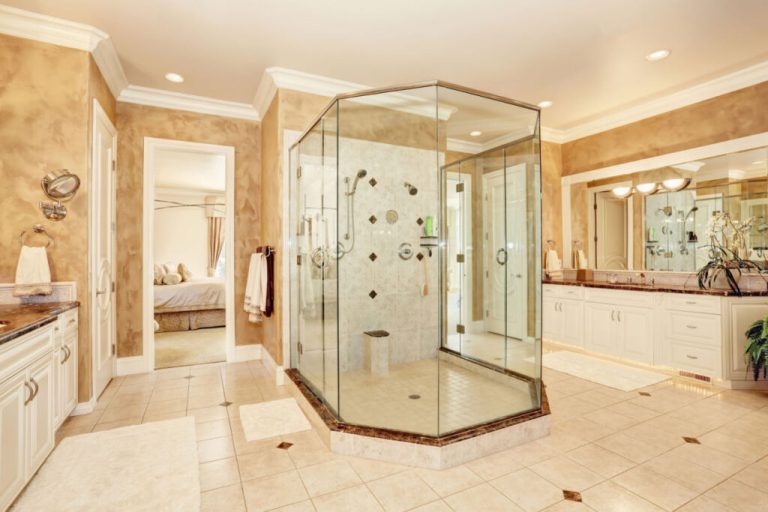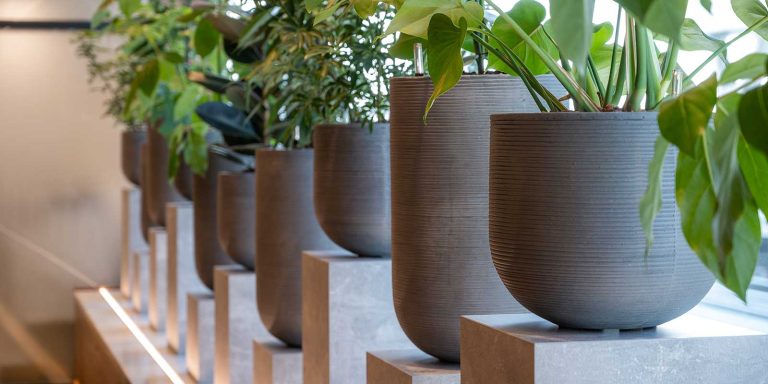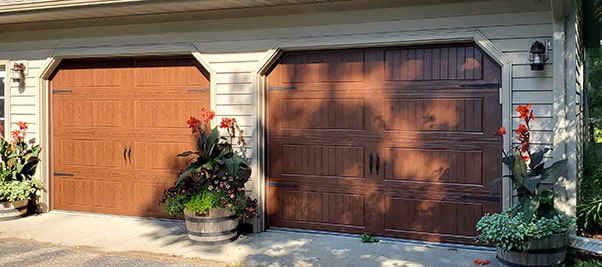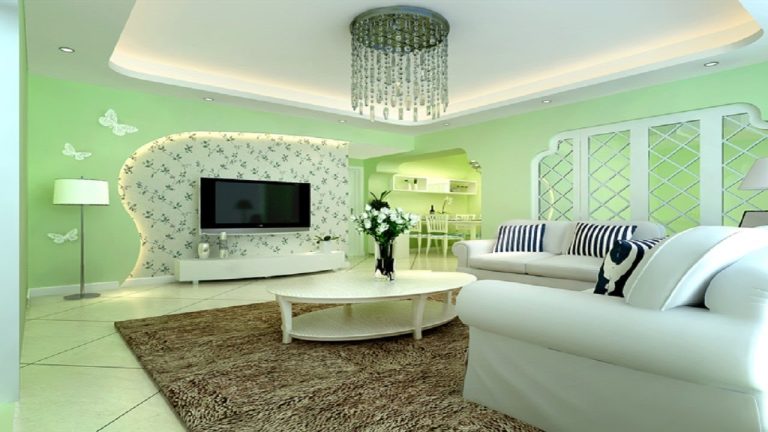Architectural hardware is important in how a building functions, looks better and is safe. The heroes of the built environment include door handles, hinges, locks, curtain rods and other architectural hardware.
Aesthetic improvement
Architectural hardware is not only functional but is also a powerful way of improving the visual look of buildings. For example, it includes styling door knobs and knobs that bring a classy feeling to a space. At the same time, smooth lines of modern hardware can produce a clean-cut feel of the space.
Functionality and convenience
Architectural hardware is designed by Lo & Co Interiors considering ergonomics so that it is easy to utilize. For instance, there are so many designs of door handles, including the lever handles for accessibility and the push-button handles that give a traditional look. Security items such as locks and deadbolts, among other equipment, should be part of every residential or commercial complex building.
Resistance and durability
Architectural gear faces weather elements, such as high relative humidity, thermal variations, and physical friction. Thus, hardware must have high durability. Longevity aside, reliable and top quality equipment pays itself.
Sustainability and energy efficiency
Sustainability is a critical aspect of architecture and construction nowadays. For instance, well-insulated window fittings reduce heat loss to provide more efficient energy. Similarly, sustainability during construction involves providing accessory materials.

Accessibility and inclusion
Another crucial factor that affects the level of accessibility and inclusivity of a building is architectural elements. Such equipment like door handles and levers should be chosen, considering the issues of disabled people. Installing equipment that people with different kinds of abilities can handle is required by accessibility standards and regulations. Therefore, equipment selection must comply with these provisions to create an equitable space for everyone.
Building regulations
Architectural design and construction involve compliance with building codes. In many circumstances, hardware must fulfill various requirements set by appropriate authorities in a local area. They include rules that should not be ignored at all. The equipment used by architects should be compatible with these codes and installed following the necessary guidelines and regulations for safety reasons.
Flexibility and adaptability
It is because the design of a building and its functionality can change over time. The hardware on the architecture should be alterable and changeable. Flexibility over the life cycle of the building allows it to replace or upgrade equipment that can easily be removed from the building without significant structural changes.
Brand and personality
Another purpose that architectural hardware can serve is branding a particular building and giving it a unique character. An organization’s emblem, logo and desired theme should be incorporated into specially designed equipment.
Summary
Concerning architectural hardware, spaces can be created that have aesthetic appeal and, at the same time, are functional, safe and sustainable.






